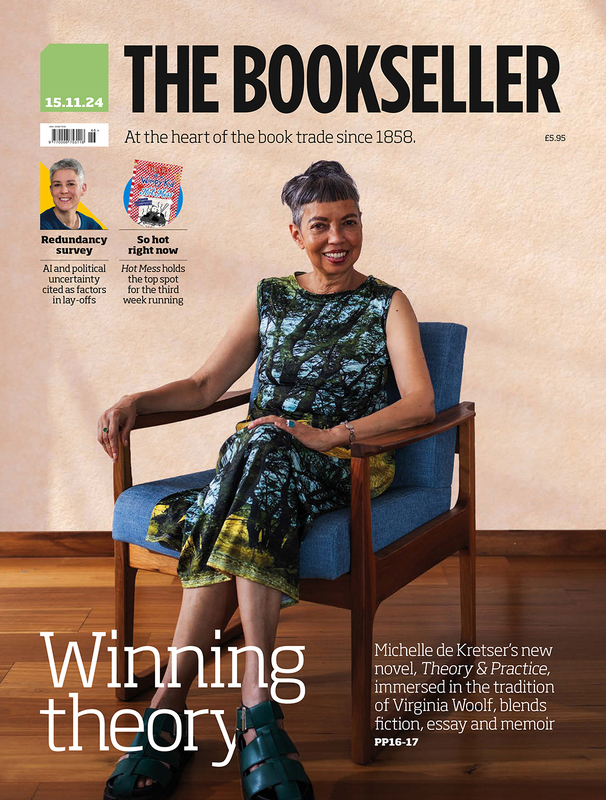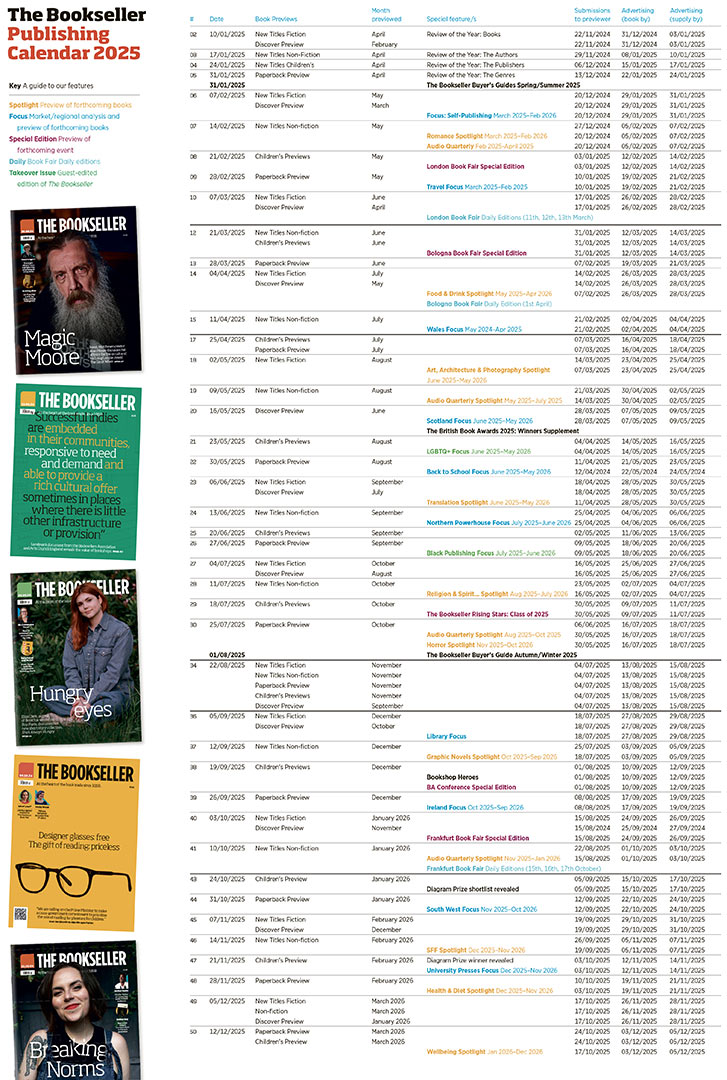You are viewing your 1 free article this month. Login to read more articles.
We Love These Music Biographies
Fifteen or so years ago, I was a full-time music journalist, making the most of an industry still of the opinion that money was no object, and little knowing that the advent of the internet was about to deal it a massive blow. Once a month or so, the phone would ring, and a voice would politely ask me or one of my colleagues if we fancied bashing out a slim paperback about the latest big thing. Circa 1995, there was a particular feeding frenzy around Oasis, who have left an entire sub-genre of books behind, all printed in their thousands. The titles include Take Me There; Round Their Way; How Does It Feel?; Lost Inside; and the adventurously named The Illustrated Story. As I recall, a friend wrote one of these for an instant £2,000 advance. His research, such as it was, consisted of taking the train to Manchester to sample the obligatory ‘vibes’.
Music biography, then, is hardly the most distinguished of genres. In terms of simple volume, it has always been dominated by cynically conceived fan books: either cuttings jobs rushed out by freelance hacks or the kind of autobiographies defined by lots of big pictures and precious little insight. Look carefully, though, and you will find stuff of far greater quality: books that not only capture the romance and human intrigue that you find behind any success story, but that demonstrate the fact that good music writing is a real art.
Let’s not forget: intelligent writing about popular music took a while to take flight. In the US, Rolling Stone magazine did not arrive until late in 1967; in the UK, it took until the early 1970s for a handful of weekly music papers – Melody Maker, NME, Sounds – to begin to reflect the idea that rock and pop could be more than cheap ephemera. In due course, such writers as Greil Marcus, Nick Kent and Charles Shaar Murray invented what came to be known as music journalism, but when it came to serious books, nothing much happened until the early 1980s.
There had been early signs of what a literary sensibility could do with the raw material popular music provided. Michael Braun’s Penguin paperback Love Me Do! The Beatles’ Progress (1964) was a glimpse of the group’s first success that earned the deserved admiration of John Lennon; Anthony Scaduto’s Bob Dylan: An Intimate Biography (1971) took an intelligent, if uneven, stab at according its subject the weight he deserved; Nik Cohn’s breakneck history Awopbopaloobop Alopbamboom (1970) was a brilliant evocation of rock’s romance and excitement, written in a matter of days. But there was a notable lag between music’s domination of the 1950s and ’60s and its decisive capturing in print, as if the rock generation had to come of age before it was confident enough to reflect on the music at any great length.
In 1980, that finally began to change with the publication of the Doors’ biography No One Here Gets Out Alive, authored by the US writer Jerry Hopkins, with help from the band’s second manager Danny Sugerman: sensationalist and schlocky, but still good enough to spark the revival of interest in the band that led on to Oliver Stone’s 1991 biopic. The next year there came a real game-changer: Philip Norman’s Shout!, arguably the first genuinely literary music biography, written with an elegance and insight that left Hunter Davies’ earlier authorised biography standing. Started long before John Lennon’s murder, but given extra pathos by that awful event, it was poetically divided into four sections (‘Wanting’, ‘Getting’, ‘Having’ and ‘Wasting’), and put brilliant emphasis on a period that most Beatles biographers still neglect: their beginnings in Liverpool and Hamburg. Norman followed it with less ambitious biographies of The Rolling Stones and Elton John, but the point had been made: the best musicians deserved to be written about in boundless, elegant, distinctly novelistic terms.
In 1982, the sometime Rolling Stone writer Nick Tosches published Hellfire, the life story of the rock ’n’ roll pioneer Jerry Lee Lewis – and was more upfront about his literary intentions that any rock biographer had been before. “Jerry Lee was, to me, like a figure out of the Old Testament, out of William Faulkner,” he later reflected. “Those are the languages in which the book was written… the book itself was as much about the demons of rock ’n’ roll and the demons of the soul as it was about the unique man in whom they wrought their dark magic.”
In that book’s wake, there came arguably the greatest rock book ever written: Stanley Booth’s The True Adventures of The Rolling Stones, begun in 1969, but – thanks to the author’s drug problems, among other factors – not published until 1984. Booth was born and raised in the state of Georgia, and his work had something of the same literary tradition cited by Tosches. His most brilliant move was the device that defines the book’s structure: switching between an intimate first-person account of the Stones’ 1969 comeback tour of the US, and a more distanced telling of their entire story, drawing on the memories of the band themselves. His book remains something of a gold standard, treasured by any writer charged with writing the stereotypical ‘on the road’ piece (my own copy is so well-thumbed as to be falling apart), and an object lesson in compelling storytelling.
From hereon in, passionate, forensic, beautifully written books about music began to arrive at speed. In 1989, Faber published Charles Shaar Murray’s Jimi Hendrix biography Crosstown Traffic, whose subtitle – ‘Jimi Hendrix and post-war pop’ – spoke volumes about its wide frame of reference. Two years later, the same publisher was responsible for Jon Savage’s England’s Dreaming, which told the story of The Sex Pistols with reference to a vast range of culture and history. The same year saw the arrival of Clinton Heylin’s Behind the Shades, probably the best biography of Bob Dylan, since republished in two new editions. And at the same time, the lag between musical developments and their chronicling by good writers was palpably shortening. Johnny Rogan has written books about (among others) The Byrds, Neil Young, Van Morrison and John Lennon, but his most pored-over remains the definitive biography of The Smiths, Morrissey and Marr: The Severed Alliance (1992). It was published less than five years after they broke up, when Morrissey’s stock was still sky-high; by the usual standards of rock publishing, it felt almost topical.
Since then, the biggest thing to have happened in the world of music biography is the rise of the rock memoir, seemingly sparked by the fact that as the first, second and third generations of musicians have reached middle and old age, many of them have felt compelled to finally tell their side of the story. Here, one of the most iconic punk rockers got in earlier than the musicians who had preceded him: John Lydon’s wonderfully honest Rotten: No Irish, No Blacks, No Dogs was published in 1993, whereas the memoirs of 1960s alumni arrived en bloc a little later. Eric Clapton’s self-titled memoir, begun with a ghost writer but largely written by Clapton himself, appeared in 2008. Keith Richards’ Life, the product of a writing relationship with the journalist and author James Fox, was published two years later. Presumably thanks to Fox, the book achieved an admirable feat: ordering Richards’ usually scrambled thoughts into elegant syntax, but still sounding just like him.
By far the best self-authored book about a musician, though, is more a fragment of memoir than a complete autobiography, and arguably clouds its author’s story more than clarifying it (shades here of that immortal line from The Man Who Shot Liberty Valance: “When the legend becomes fact, print the legend”). Bob Dylan’s Chronicles: Volume One (2004) describes his early progress as a jobbing musician and a sojourn in New Orleans circa 1988: many voices have claimed that it takes liberties with the facts of his life, but it hardly matters. It contains passages as good as this: “In the world news, Picasso at 79 years old had just married his 35-year-old model. Wow. Picasso wasn’t just loafing about on crowded sidewalks. Life hadn’t flowed past him yet. Picasso had fractured the art world and cracked it wide open. He was revolutionary. I wanted to be like that.” When you read those words, two things happen: first, you hear Bob Dylan’s authentic voice, and second, you want to go and listen to his records (Volume Two is on the way – though Dylan being Dylan, its due date remains a mystery).
Finally, if what you have read is centred on rock and pop, it’s worth bearing in mind that the history of jazz writing is arguably more auspicious, a point that applies to autobiography in particular. The memoirs of Louis Armstrong (Satchmo, published in 1954), Miles Davis (Miles, 1989) and Charles Mingus (Beneath The Underdog, 1971) are full of brisk conversational writing that allows breathtaking insight into the lives and personalities of their authors. But the last word should go to Billie Holiday’s memoir, Lady Sings The Blues: published in 1956, and ghostwritten by one William Dufty, later the husband of the actress Gloria Swanson. The book is full of inspired aphorisms, as if much of the text is elegant window dressing for the artist’s pearls of wisdom. Like this one: “No two people on earth are alike, and it’s got to be that way in music or it isn’t music.” Therein lies the endless fascination of musicians’ lives, and the reason why the greatest music biographies will endure.
John Harris is the author of Hail! Hail! Rock’n’Roll, published by Sphere
Illustration: Bob Dylan by Barry Feinstein in 1966 from Real Moments, published by Omnibus















